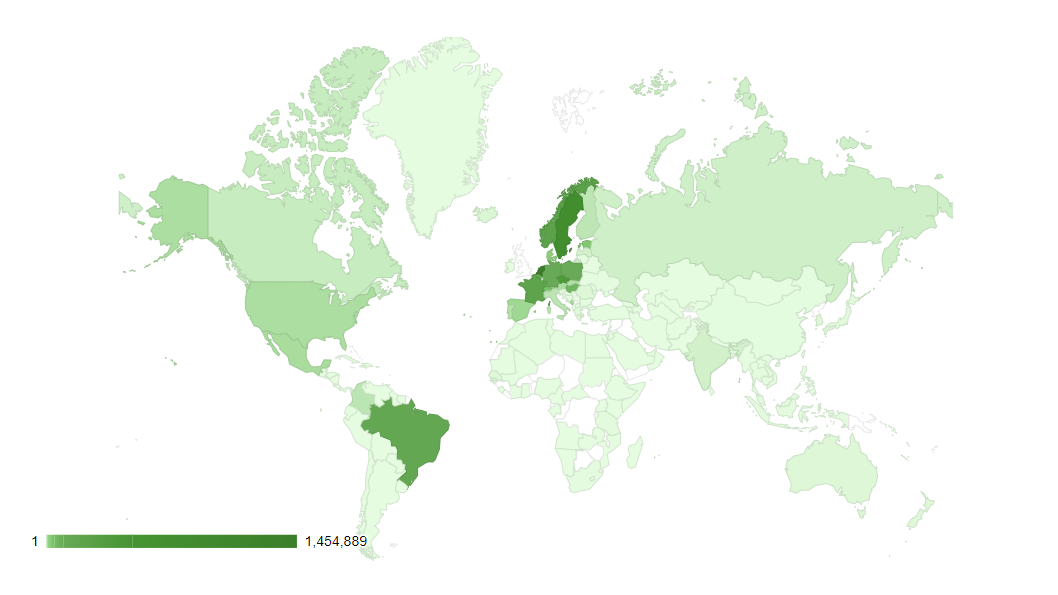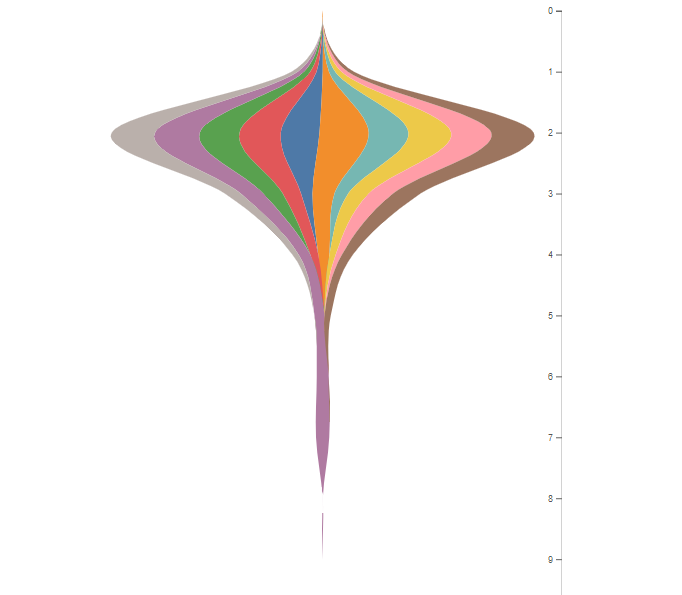
DNSSEC Heat Map
A heatmap of DNSSEC (Domain Name System Security Extensions) zones by ccTLD (Country Code Top-Level Domain) visually represents the adoption and implementation of DNSSEC in different countries.
The heatmap color-codes each country's ccTLD based on the level of DNSSEC adoption and deployment within that specific domain.
- Darker or Hotter Areas: These regions denote a higher concentration of DNSSEC-protected ccTLDs, signaling a strong commitment to internet security.
- Lighter Areas: These areas indicate a lower level of DNSSEC adoption, highlighting the need for increased security measures and awareness.
Analyzing this heatmap can offer valuable insights into the global landscape of internet security, to identify regions where there might be a need for increased awareness and implementation of DNSSEC to enhance the overall security and reliability of the internet.
